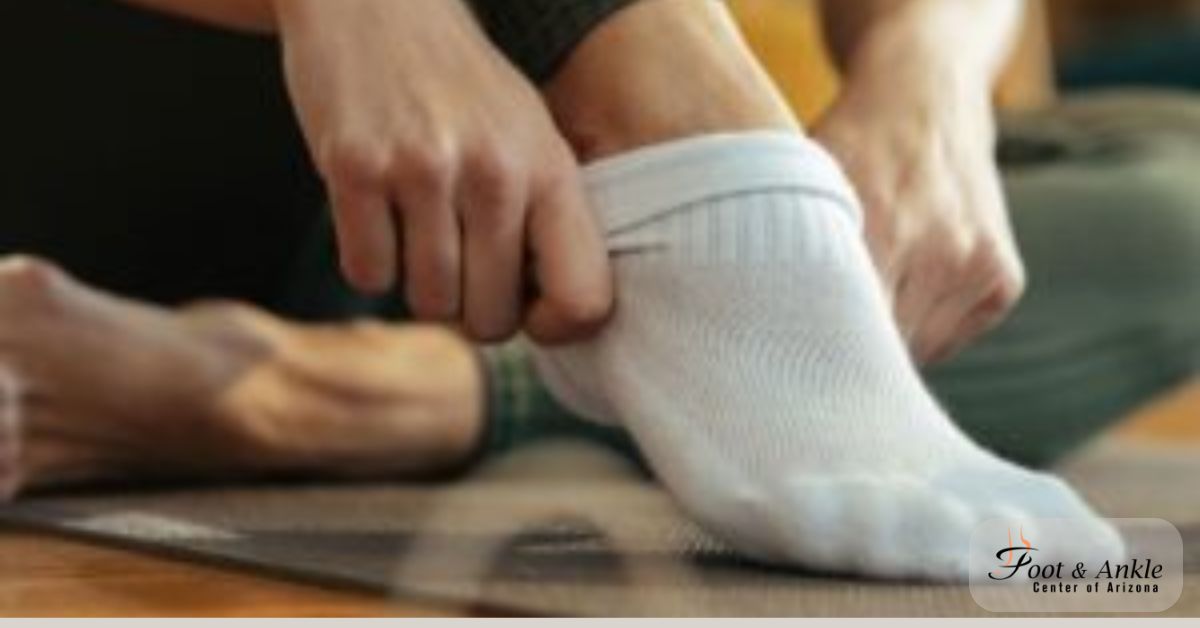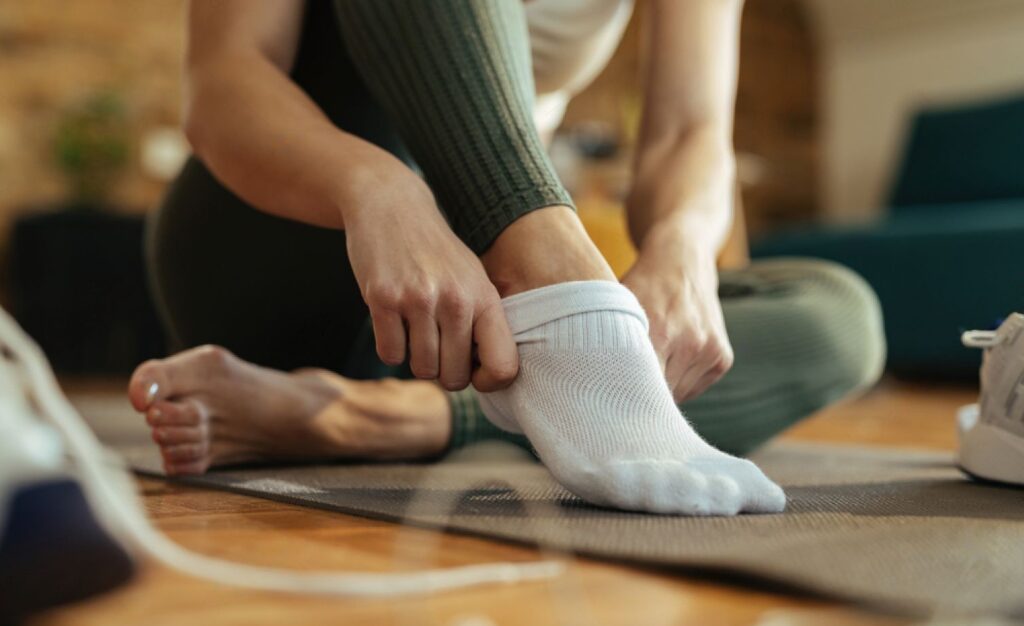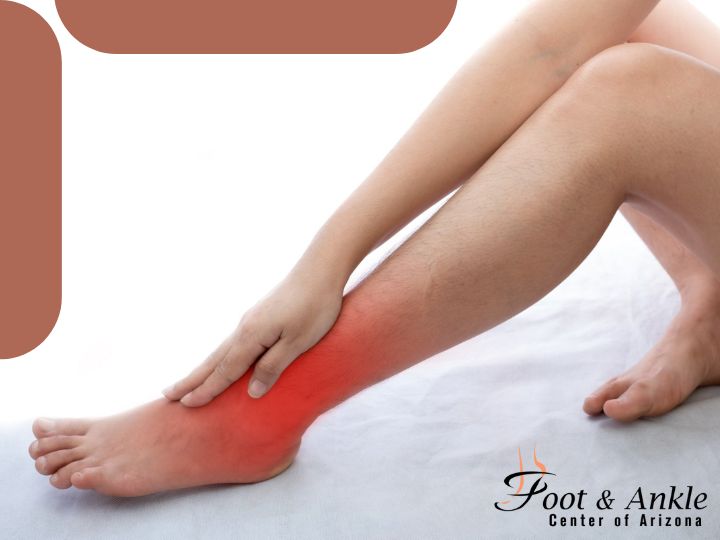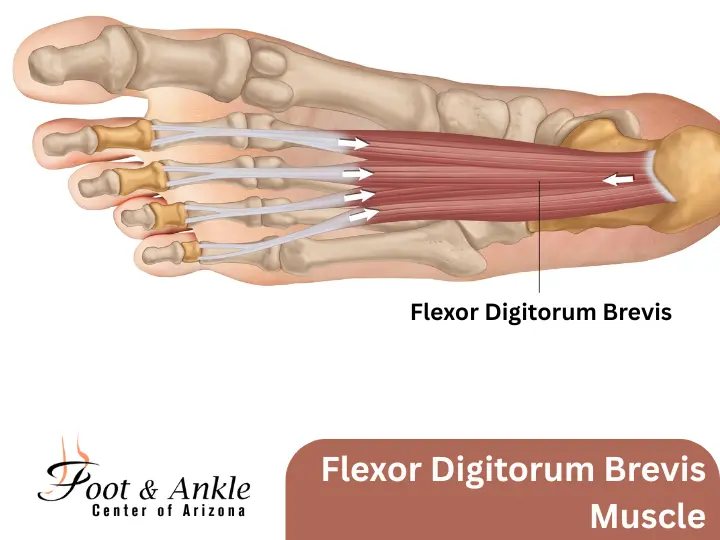Hosiery – Essential Equipment for the Athlete
Best Socks and Your Feet. For the serious athlete, socks have become recognized as an essential component of footwear that can determine the difference between success or failure on the playing field.
Historical Review:
There were virtually no original scientific articles pertaining to hosiery or socks published in the medical literature until 1989. Then, almost overnight, clinical researchers recognized that major advances had been made during the 1980s in the fields of fiber technology and sock construction techniques. Hosiery now appears like high-tech sports equipment with possible medical applications. A large number of studies were carried out on various patient populations, including athletes, to determine the role of hosiery in preventing pedal pathologies.
Diabetics and Running Athletes
A series of articles published by Andrew Boulton and Arisites Veves at the Manchester Royal Infirmary documented the protective effect of hosiery on the feet of diabetic and arthritic patients. At the same time, Herring and Richie published their studies demonstrating the superiority of acrylic fibers over cotton fibers in preventing the frequency and severity of friction blisters in running athletes.
United States Military
A significant amount of published research then followed, documenting attempts to utilize hosiery products to treat various clinical conditions. The United States military, plagued with ever-increasing blister frequency in military recruits, carried out their own research documenting the ability of various sock systems to reduce friction blisters.
These prospective studies demonstrated the highest level of scientific investigation attempting to determine the effect of various sock fiber combinations on the feet of a large number of human subjects engaged in marching and running.
The principles proven and validated by these studies is the foundation of this presentation. The subject areas covered are: fiber technology, friction blisters, sports specific challenges and shoe-fitting applications.
Hosiery and Foot Pathologies
The following foot pathologies can be directly affected by the type of hosiery worn by the athlete:
- Toenails: subungual hematoma, onychomycosis, onychogryphosis
- Skin: friction blisters, hyperkeratoses, heloma dura/molle
- Infections: dermatophyte, yeast, bacteria, viral (verruca)
- Injury of Subcutaneous tissue: capsulitis, bursitis, calcaneal fat pad atrophy
- Injury Against Bone Prominence: retrocalcaneal exostosis, sesamoiditis, hallux valgus, tailor’s bunion, accessory navicular, tibial crest periostitis, medial and lateral malleolar contusion
Causes
Numerous researchers have demonstrated that ground reaction forces can approach or r.exceed three times body weight in a running athlete. In addition, pressures against the heel (calcaneus) and forefoot bones (metatarsals) are significantly increased in the running athlete as well as special patient populations with foot deformities, i.e., rheumatoid arthritis and diabetes mellitus with neuropathy.
In addition to the abnormal forces generated by the specific movements of the sport, the type of footwear worn by the athlete can generate unique damaging pressure and shear in specific areas of the feet or legs.
The Fiber Story
The ability of a sock to dissipate damaging forces on the surface of the foot rests partly on the fiber composition and more significantly on the construction technique of the manufacturer.
Fibers that absorb moisture are termed hydrophilic while fibers repelling moisture are hydrophobic. Cotton fiber retains three times the moisture of acrylic and fourteen times the moisture of CoolMax®. When exposed to ambient air, socks composed of cotton retain moisture ten times longer than acrylic. In descending order of hydrophilic ranking, the following fibers are listed: cotton, wool, acrylic, CoolMax®, polypropylene.
Perspiration can exceed one pint per foot.
During initial activity, moisture absorption from the feet becomes a desirable feature. In athletic activity, perspiration output on the feet can exceed one pint per foot. A large part of this moisture may actually accumulate in the feet as it is produced elsewhere on the body surface and drips down the legs due to gravity. Nonetheless, this volume of fluid far exceeds the absorptive capacity of any sock product. Therefore, to minimize moisture accumulation on the skin surface, the sock must set up a wicking gradient to the shoe.
Wicking Gradient
Ideally, a wicking gradient occurs when the shoe upper is breathable (i.e., nylon mesh) so that ambient air encourages evaporation of water vapor. More commonly, a shoe liner or upper will contain hydrophilic fibers that draw moisture from the hydrophobic sock material. Socks that are extremely hydrophobic (i.e., polypropylene) are thought to repel water so effectively that wicking cannot occur. Socks of intermediate hydrophobic range, i.e., wool and acrylic, allow movement of water but will not absorb and retain water like cotton fibers will. Degrees of hydrophobic qualities alone, however, don’t determine overall wicking capacity. The mechanical structure of the fiber and compressibility of the fiber will determine overall wicking potential.
When combining hydrophobic qualities and mechanical fiber qualities, the fibers that wick moisture best are, from best to worst: CoolMax®, acrylic, polypropylene, wool, cotton.
Wool Still Preferable Outdoors
In some sport applications, the thermal-insulation quality of the fiber composition becomes critical. New synthetic fibers composed of a hollow core material known as Thermax¨ have been shown to effectively insulate against heat loss. Natural wool fiber socks are still preferable in the outdoor industry because of their remarkable ability to maintain heat while wet. However, the abrasive nature of 100% wool fiber socks has required the blending of wool into other high-tech synthetic fiber materials.
Blisters and Other Skin Injuries
Friction blisters are among the most common foot injuries affecting the athlete. Blisters on the feet are even more prevalent and debilitating in military recruits.
A study performed on 357 marine recruits at Parris Island, South Carolina, revealed a 69% prevalence of blisters during a four-month period of training. Blisters serious enough to warrant medical evaluation at sick call occurred in 24.4% of all trainees. It has been estimated that over 5,000 Basic Trainees at Lackland Air Force Base were treated for friction blisters during one calendar year in 1990.
Factors necessary for friction blisters are shear force, pressure and moderate levels of moisture. All of these forces can be mitigated by a proper sock system. Plagued with ever-increasing frequency of blisters, the United States Military conducted three randomized prospective studies on various sock systems. The standard military issue sock is a 50% cotton and 50% wool cushion-sole sock. The three studies attempted to compare newer fiber construction techniques and double-layer technology to reduce blister frequencies.
When comparing single, extra-thick acrylic padded socks to double layer sock-systems, the double-layer system was superior owing to the shielding of the open terry loops from the skin surface and the movement interface created by the double-layer system. Three other military studies have demonstrated a blister prevention superiority of double sock systems vs. single layer socks.
Fitting
Proper fitting of athletic footwear is critical for comfort, injury prevention, and performance. Fitting of shoes, particularly athletic shoes, is a lost art in the modern retail marketplace. The emergence of high-tech sports hosiery products has made the shoe-fitting process even more difficult.
History
Shoe and foot measurement techniques are archaic in today’s modern athletic footwear industry. The Brannock measuring device was developed in 1927, long before athletic shoes were developed and long before high-sports specific hosiery products were invented. The majority of modern-day athletic footwear are manufactured overseas in third world countries where sizing parameters vary significantly even within the same single factory.
Dos and Don’ts
In 1995, the author conducted a shoe fit study for a premium sports hosiery company. The results of this study revealed the following:
- Measuring feet barefoot with a Brannock device successfully predicted accurate athletic shoe size only 30% of the time.
- When subjects wore a standard cushion-sole sock and were measured, accuracy for shoe size improved 10%.
- When measuring a subject barefoot (as recommended by the Brannock Company), and then fitting the subject with athletic shoes and thick sports specific socks, the Brannock measurement was accurate only 15% of the time (an 85% failure rate!).
- When measuring a subject with thick sports specific sock standing on the Brannock device, the accuracy for predicting proper shoe size improved by 10%.
- When wearing properly fitted shoes with a generic sports sock, adding a thick heavily padded sock demanded an increase in length of shoe 77% of the time.
Therefore, measuring an athlete with a Brannock measuring device has minimal value when correlating with shoe sizes of modern day athletic footwear. Still, the skill of the fitter can allow translation of the shoe size to an “adjusted size” based on a knowledge of inventory and peculiarities of brand-size characteristics.
The athlete should be measured and fitted wearing the specific sock that will be ultimately worn with the footwear. This is a reversal of the normal fitting process in most athletic shoe stores where socks are purchased as a “add-on” after shoes have been fitted.
Socks and Sports Specific Applications
Sports-specific socks were pioneered by ThorLo in the early 1980’s. Soon, all major sock manufacturers followed with socks packaged and presumably designed for specific sports, i.e., tennis, golf, running, etc.
Construction Techniques of Athletic Hosiery
Upper Design & Sport Activity
- Over-the-calf: Baseball, Basketball, Outdoor (including liners) Ski, Snowboard, Soccer
- Mid-calf: Skate
- Slouch: Aerobics
- Crew: Running, Golf, Tennis, Racquetball, Hiking
Construction
- Thin or Thin Double Layer Outdoor(liners), Cycling, Running (racing), Skiing
- Padded or Thick Double-Layer Jogging, Skiing, Hiking, Tennis, Basketball
Fibers
- Acrylic:Golf, Tennis, Hiking
- Acrylic/Wool:Outdoor-Cold
- Acrylic/Thermax®:Outdoor-Cool
- Acrylic/CoolMax®: Outdoor-Warm
- CoolMax®: Running, Cycling, Liners
- MicroSafe®: Therapeutic Hosiery, i.e., Diabetes
Tips
- Pick the right sock for the right sport.
- Use synthetic material. Use proper shoes and fit them with the socks you plan to wear while playing ball.




